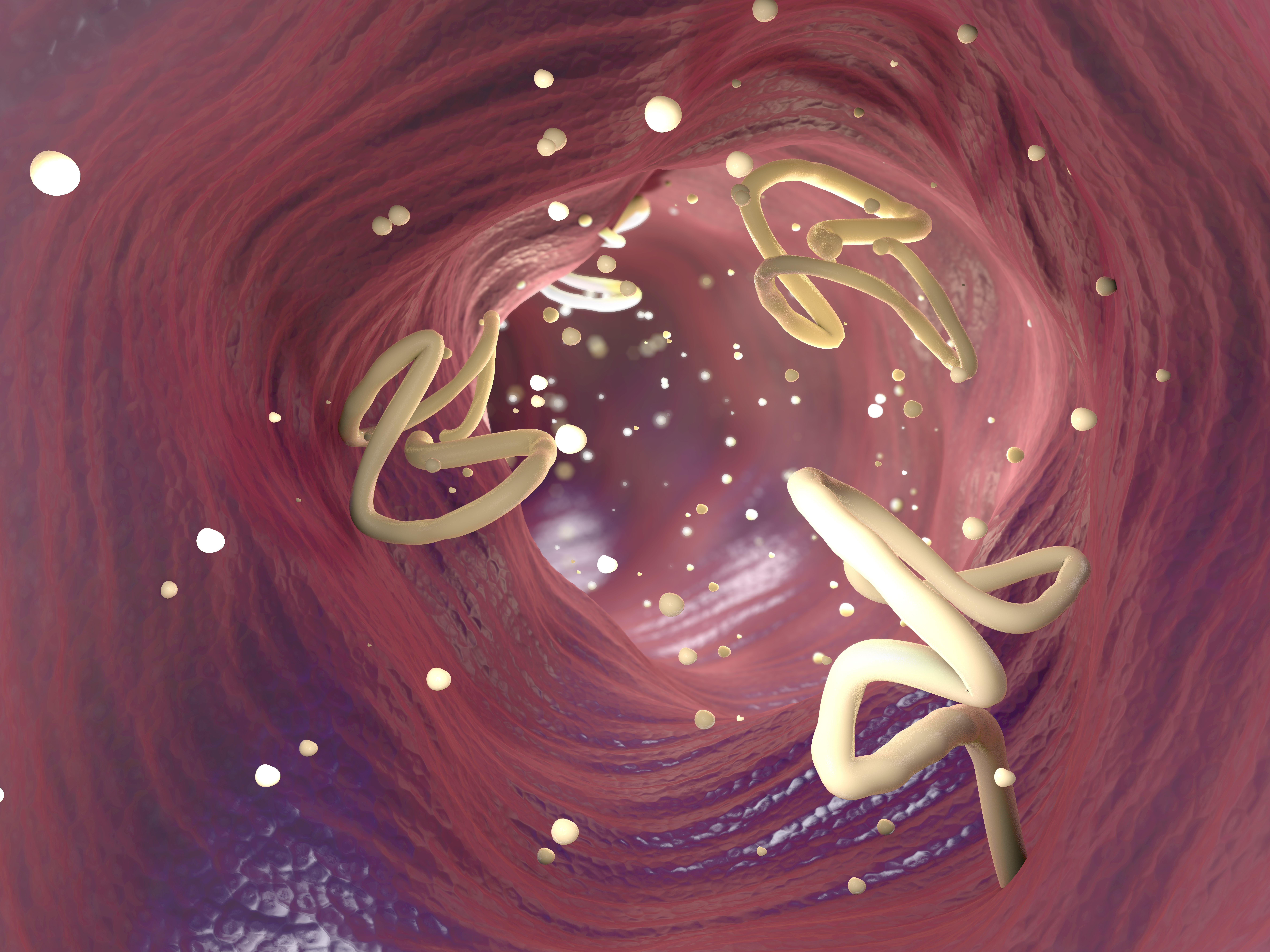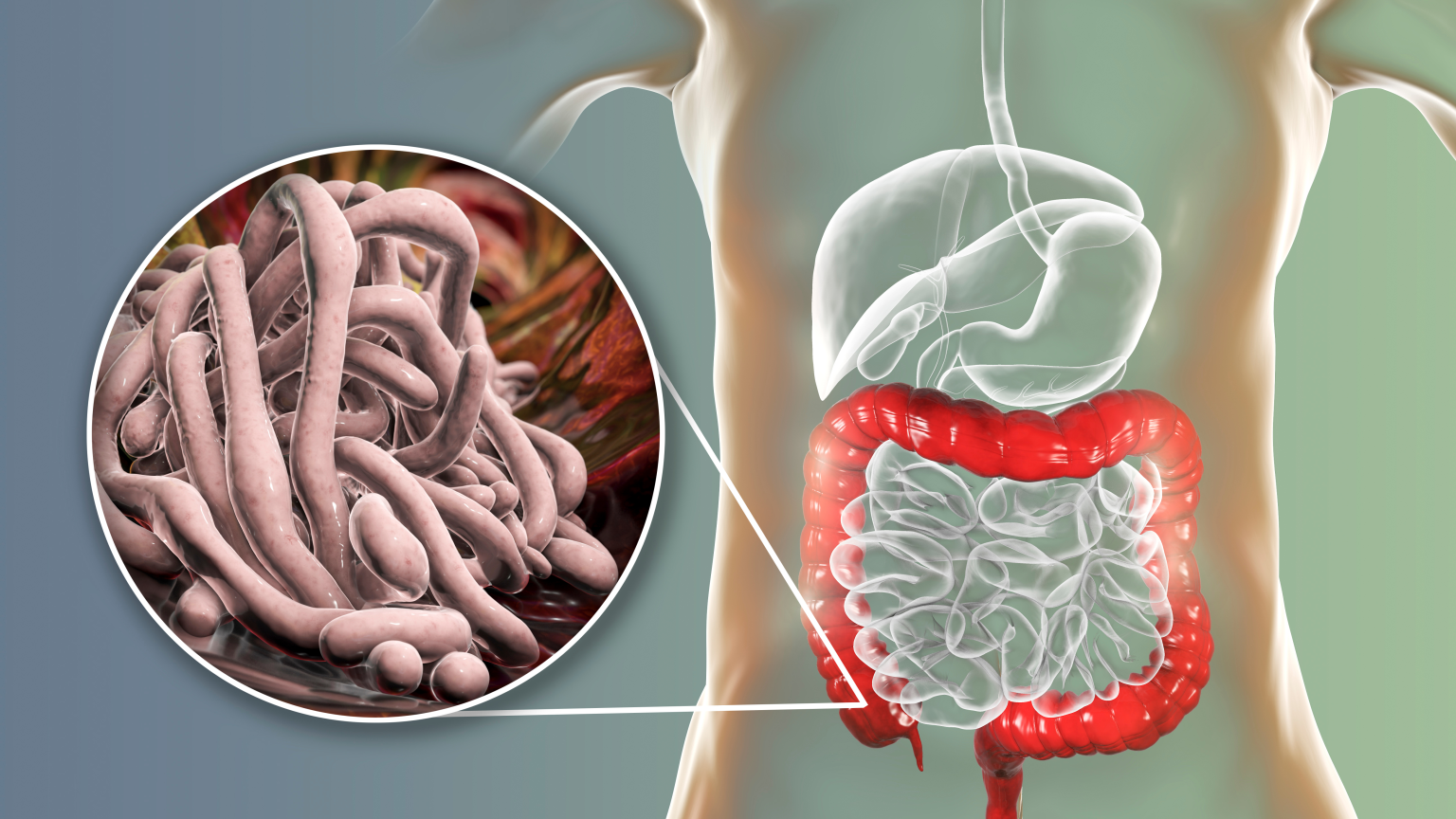Parasites can cause a bad time for anyone, even affecting children and adults alike. They are organisms within the body that “feed” on the person.
One of the most common is pinworms, which can cause discomfort to men, women, and children.
That is why it is important to know what they are, their symptoms, and how to prevent them.
What are parasites?
One of the most common intestinal infections worldwide is pinworms, which are white and thin and can measure from 6 to 13 millimeters in diameter. In most cases, infected people do not present symptoms, but in others, they may present problems such as: interrupted sleep and itching in the anus.
This infection is most common in school-aged children, and the tiny microscopic eggs are transmitted from child to child.
There are oral medications that kill pinworms. This treatment should be applied to the entire family, in addition to thorough hygiene of clothing such as pajamas, bed linen, and underwear.
Symptoms of a parasitic infection
In most cases, this parasitic infection does not cause symptoms, but there are cases in which some complications arise:
- Itching of the anus or vagina
- Insomnia, teeth grinding, irritability and agitation
- Stomach pain and sometimes nausea
It is advisable to speak to your doctor if you experience intense anal itching, especially if it occurs at night.
Causes
It is relatively easy to spread through contaminated food and drink or through the fingers since the eggs are tiny (microscopic). When the eggs are swallowed, they hatch in the intestine and mature into adult worms in just a few weeks.
Female parasites move to the anal area to lay their eggs, causing itching in the anus. When scratching the itchy area, they attach themselves to the fingers and under the nails, carrying the eggs to other surfaces such as toys, clothing, toilet seats, food, liquids, and other people.
These eggs can survive for two to three weeks on any surface.
Risks
This infection presents some risk factors in the child population, but also in people who are exposed to particular scenarios.
Children
This infection is most common in children aged 5 to 10 years. This population is more likely to spread to family and caregivers, as well as to classmates or child care centers. It is not common in children under 2 years of age.
Overcrowding
People who live in crowded conditions are at higher risk of contracting this parasitic infection.

Complications
In most cases, this infection does not cause serious problems, but sometimes it can cause infection, for example, in the female genitals. This parasite can move to the vagina and then to the uterus, fallopian tubes, and around the pelvis, causing problems such as vaginal inflammation (vaginitis) and inflammation of the inner lining of the uterus (endometritis).
These are some rare complications of parasitic infection:
- Weight loss
- Urinary infection
- Abdominal infection (peritoneal cavity)
Prevention
In addition to regular cleaning of all surfaces and clothing, other methods prevent the spread of pinworm eggs and prevent reinfection. Here are some:
- Wash in the morning: Pinworms lay eggs at night, so washing the anal area in the morning helps reduce the number of eggs in the body. A shower can prevent recontamination.
- Changing underwear and bedding daily helps eliminate pinworm eggs.
- Wash clothes in hot water: Washing blankets, pajamas, underwear, and towels in hot water helps reduce the egg population, as does drying them at the highest temperature.
- No scratching: Avoid scratching around the anus, and keep children’s nails short to minimize the space for eggs to accumulate. Suggest that the child does not bite his/her nails or put his/her fingers in his/her mouth.
- Handwashing: This measure reduces the risk of spreading and contagion of infection. Handwashing should be done after going to the bathroom, changing diapers, and before eating.
























+ There are no comments
Add yours